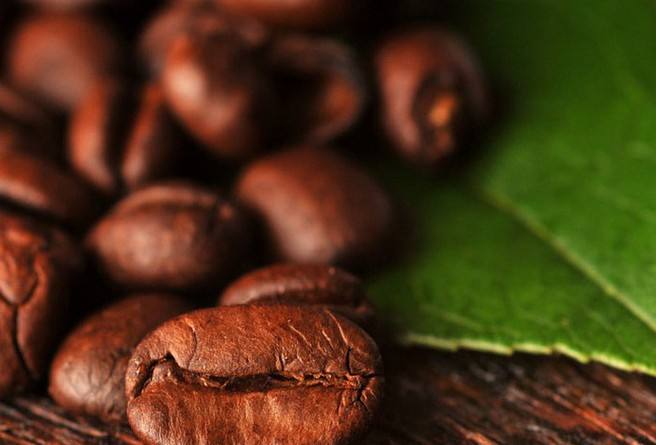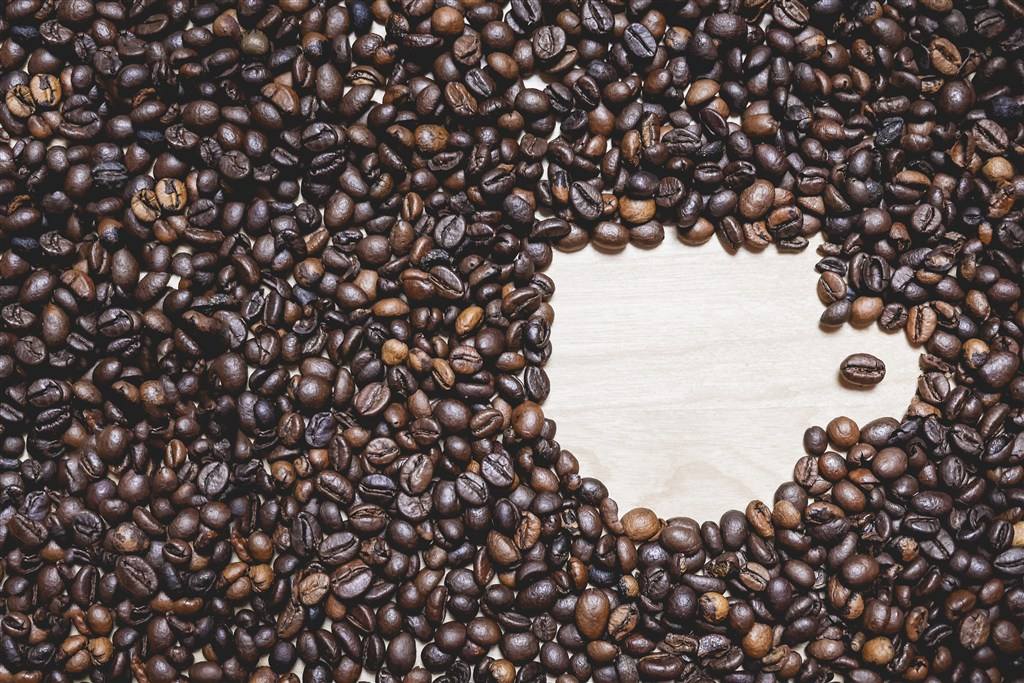The source of Brazilian coffee. How does Brazilian coffee taste?
Follow the caf é (Wechat official account vdailycom) and found that Beautiful Cafe opened a small shop of its own.
Brazil is located in the Latin American region of the Western Hemisphere, located in the eastern part of South America and on the west coast of the Atlantic Ocean, bordering all countries on the South American continent except Ecuador and Chile; the vast majority of the territory lies between the equator and the Tropic of Cancer, is the most extensive tropical country in the world. The territory has a tropical rain forest climate and a tropical prairie climate. The superior tropical natural conditions are very suitable for the growth and production of tropical cash crops-coffee.
Coffee belongs to Rubiaceae, like heat, about 40 species, evergreen shrubs or small trees. The cultivated caffeine is often pruned and is generally 2 meters high. Fragrant white flowers bloom 4 years after planting, with a high butterfly-shaped Corolla. Raw berry, oval fruit, crimson when ripe, similar in shape and color to cherries. Coffee fruit is sweet and delicious, containing two bean-like seeds, called coffee beans. The picked coffee beans are dried in the sun, roasted and grinded into powder, that is, coffee powder, which has the effect of invigorating the stomach and excitement, boiling with water, supplemented with sugar, mellow fragrance, often called "the world's three major beverages" with cocoa and tea.

Brazil makes full use of the tropical geographical environment and attaches importance to the production and sale of coffee, so that the output, export volume and per capita consumption of coffee have been ranked first in the world for many years, and have been known as the "kingdom of coffee". But the hometown of coffee is not in Brazil, but in the Ethiopian province of Kafa in Africa. "Coffee" evolved from the place name of "Kafa". As early as 4000 years ago, the Agol people living in Ethiopia were engaged in coffee cultivation. The locally produced coffee was very fragrant and was transported to the Red Sea coast by caravan a long time ago. It was widely planted in the Middle East at the beginning of the 16th century. It later spread to Latin America, Southeast Asia and other parts of Africa.
Coffee was introduced into Brazil after the 18th century. In 1727, coffee was introduced into Port Belem, Brazil from Guyana. Since then, it has settled in Antuku, Brazil, mainly in the southeast coastal areas of Brazil. Namely, Sao Paulo, Parana, Sao Esprito, Minas Gerais and other four states. From the end of the 18th century to the 1920s, during the heyday of Brazilian coffee production, Brazil accounted for 75% of the world's total coffee production. Over a long period of time, coffee accounted for 2% of Brazil's total export revenue, thus making Brazil a well-deserved "coffee kingdom". The capitalist economic crisis that broke out in 1929 sharply reduced the world consumption of coffee, which dealt a heavy blow to the Brazilian coffee plantation economy. Since then, the proportion of Brazilian coffee production in export earnings has plummeted. In the past 30 years, with the rise and development of Brazilian modern industry, especially steel, shipbuilding, automobile, aircraft manufacturing and other industries, the status of coffee in the national economy has declined year by year, but it is still one of the pillars of Brazil's economy. Brazil is still the world's largest coffee producer and exporter.
With the declining status of Brazilian coffee, farmers have turned to a new production target-orange trees. Orange, Rutaceae, small evergreen trees, divided into "sweet orange" and "lime". "Sweet orange", leaves oval or ovate, apiculate, fruit round or oblong. Orange-red or orange-yellow, thick skin, generally smooth, not easy to peel off, not resistant to low temperature. "lime", with spines on branches, ovate or Obovate leaves, round or oblate fruit, orange-red or yellowish brown, thick peel, sour fruit, cold and drought tolerance, fruit can not be eaten raw, can be closely stained into orange cake, young fruit dried, can be used as medicine. Brazilians have a long history of getting rich from orange juice.
How does Brazilian coffee taste?
The taste of Brazilian coffee has a low sour taste, with the sweet and bitter taste of coffee, the entrance is very smooth, but also with a hint of grass aroma, slightly bitter in the fragrance, smooth and smooth, with a pleasant aftertaste. There are no outstanding advantages for Brazilian coffee, but there are no obvious defects. The taste is mild and smooth, the acidity is low, the mellow is moderate, and there is a hint of sweetness. All these soft flavors are mixed together. To distinguish them one by one is the best test for the taste buds, which is why many Santos fans love this kind of coffee, just because it is so mild and ordinary. Santos is suitable for ordinary baking and brewing in the most popular way. It is the best raw material for making Italian espresso and all kinds of fancy coffee.
Important Notice :
前街咖啡 FrontStreet Coffee has moved to new addredd:
FrontStreet Coffee Address: 315,Donghua East Road,GuangZhou
Tel:020 38364473
- Prev

Is Brazilian coffee famous? Brazilian coffee beans are introduced.
Following caf é (Wechat official account vdailycom) found that Beautiful Cafe opened its own small shop, Brazilian Coffee, which generally refers to coffee produced in Brazil. There are many kinds of coffee in Brazil. Like other Arabica coffee, Brazilian coffee is called Brazils to distinguish it from Milds coffee. The vast majority of Brazilian coffee is unwashed and sun-dried, according to the name of the state of origin and the port of transport
- Next

Brazilian coffee manor, Brazilian coffee flavor
Follow the caf é (Wechat official account vdailycom) found that Brazilian coffee opened a small shop of its own. The vast majority of Brazilian coffee is Arabica species, the main varieties are Burubon, Mdonabang, Kakala and La Ukeji secret species. Coffee has been cultivated in new places inland, thanks to natural benefits, and Panama became famous as a new coffee producer in Brazil after the war.
Related
- Detailed explanation of Jadeite planting Land in Panamanian Jadeite Manor introduction to the grading system of Jadeite competitive bidding, Red bid, Green bid and Rose Summer
- Story of Coffee planting in Brenka region of Costa Rica Stonehenge Manor anaerobic heavy honey treatment of flavor mouth
- What's on the barrel of Blue Mountain Coffee beans?
- Can American coffee also pull flowers? How to use hot American style to pull out a good-looking pattern?
- Can you make a cold extract with coffee beans? What is the right proportion for cold-extracted coffee formula?
- Indonesian PWN Gold Mandrine Coffee Origin Features Flavor How to Chong? Mandolin coffee is American.
- A brief introduction to the flavor characteristics of Brazilian yellow bourbon coffee beans
- What is the effect of different water quality on the flavor of cold-extracted coffee? What kind of water is best for brewing coffee?
- Why do you think of Rose Summer whenever you mention Panamanian coffee?
- Introduction to the characteristics of authentic blue mountain coffee bean producing areas? What is the CIB Coffee Authority in Jamaica?

